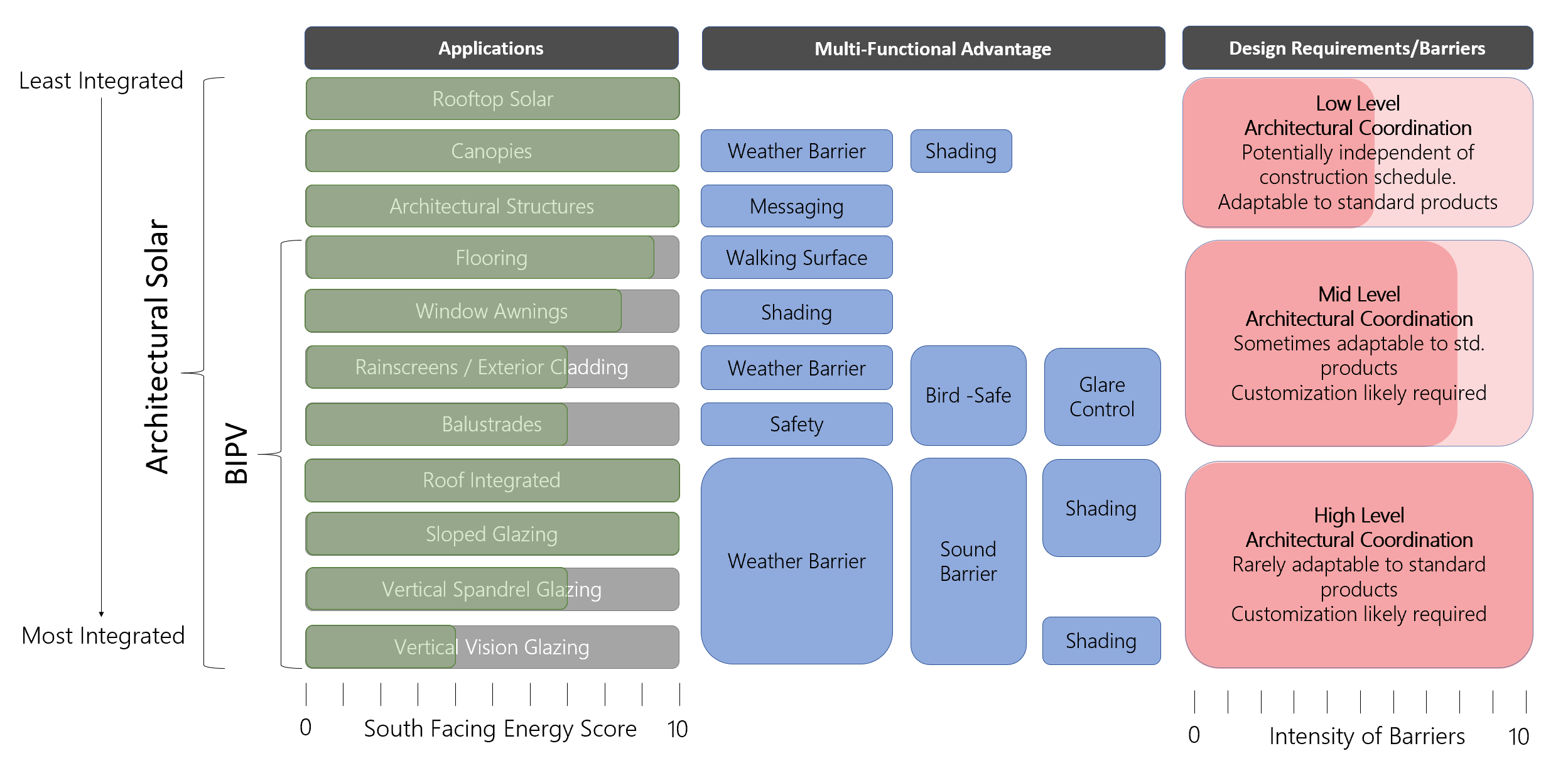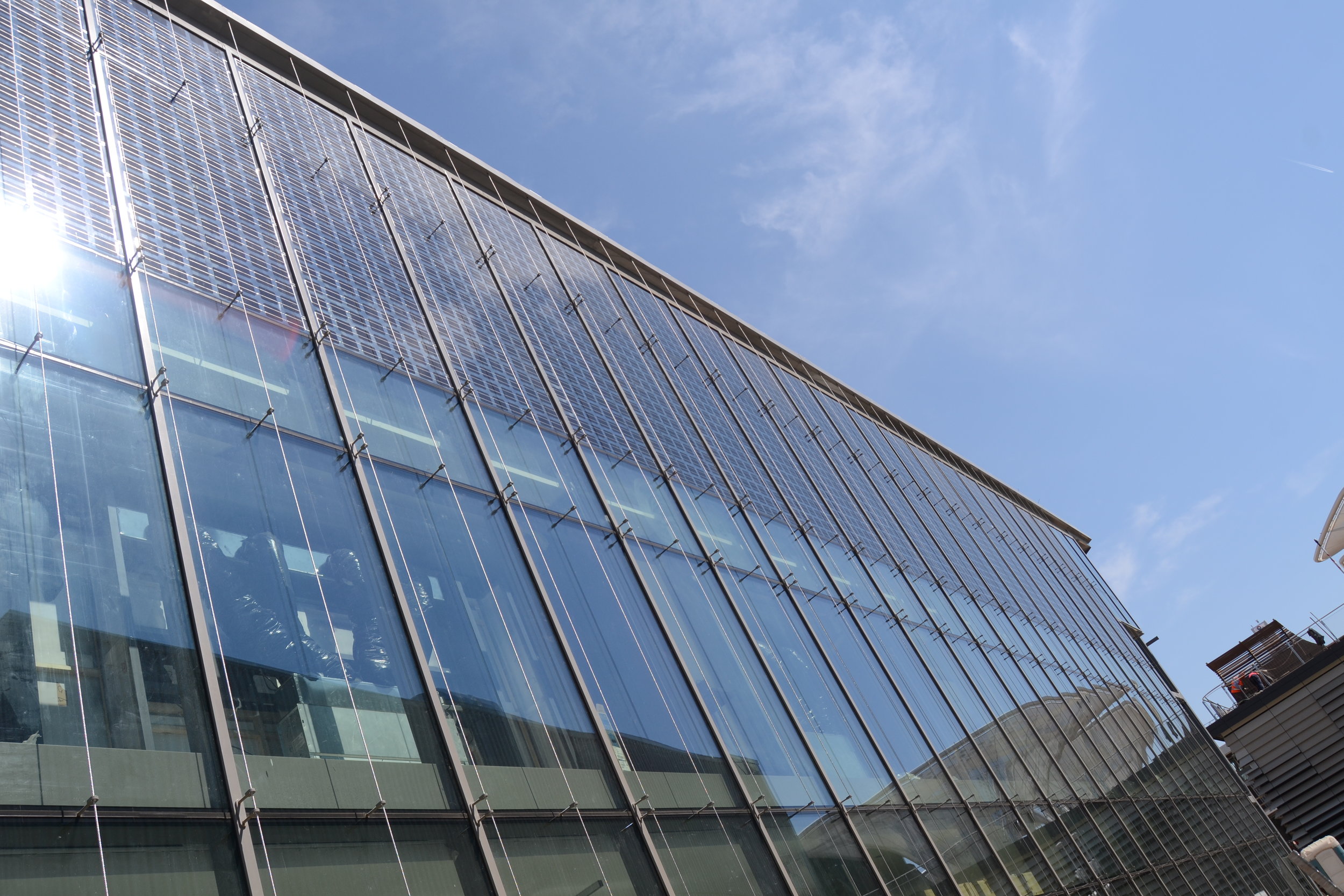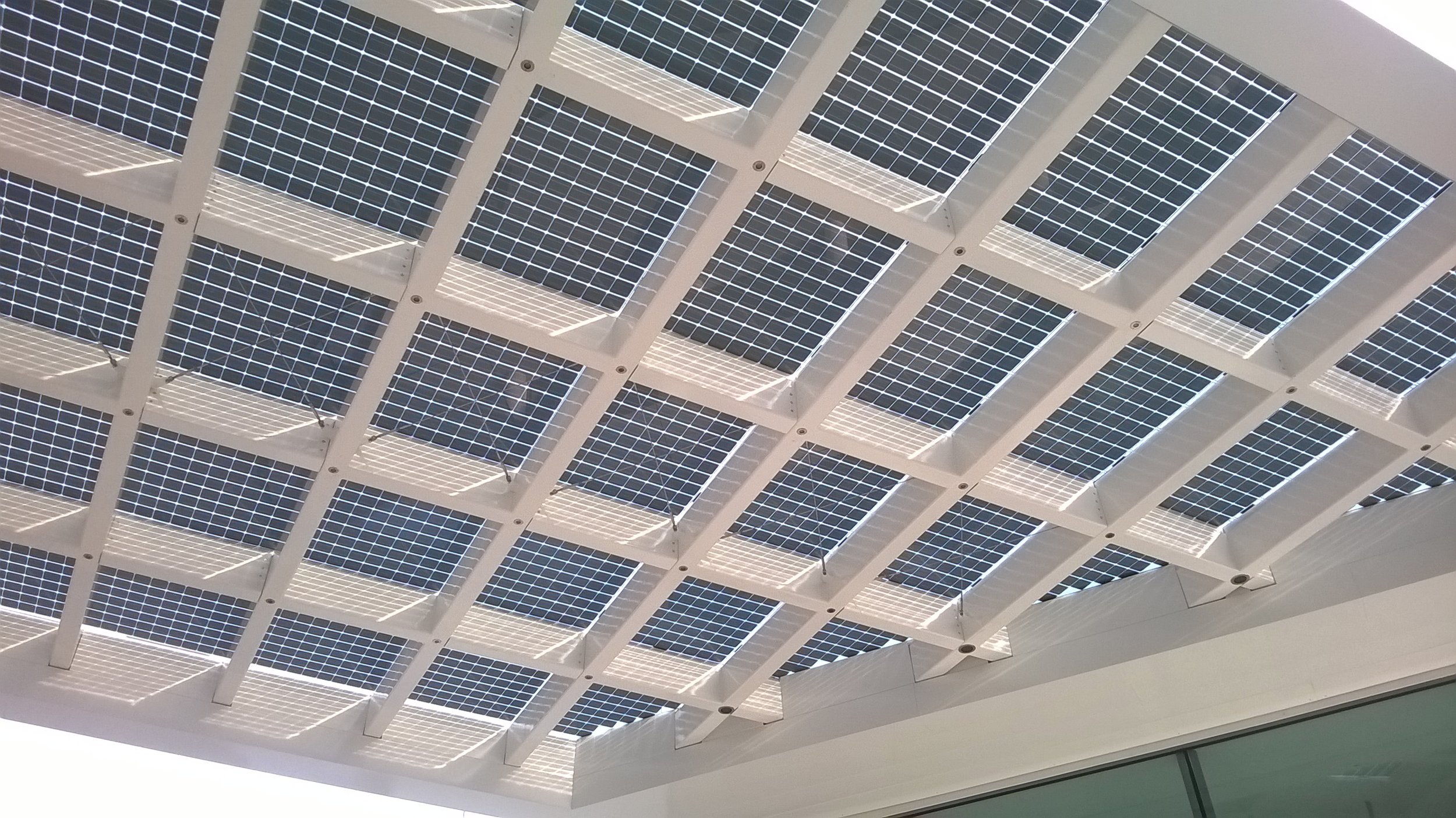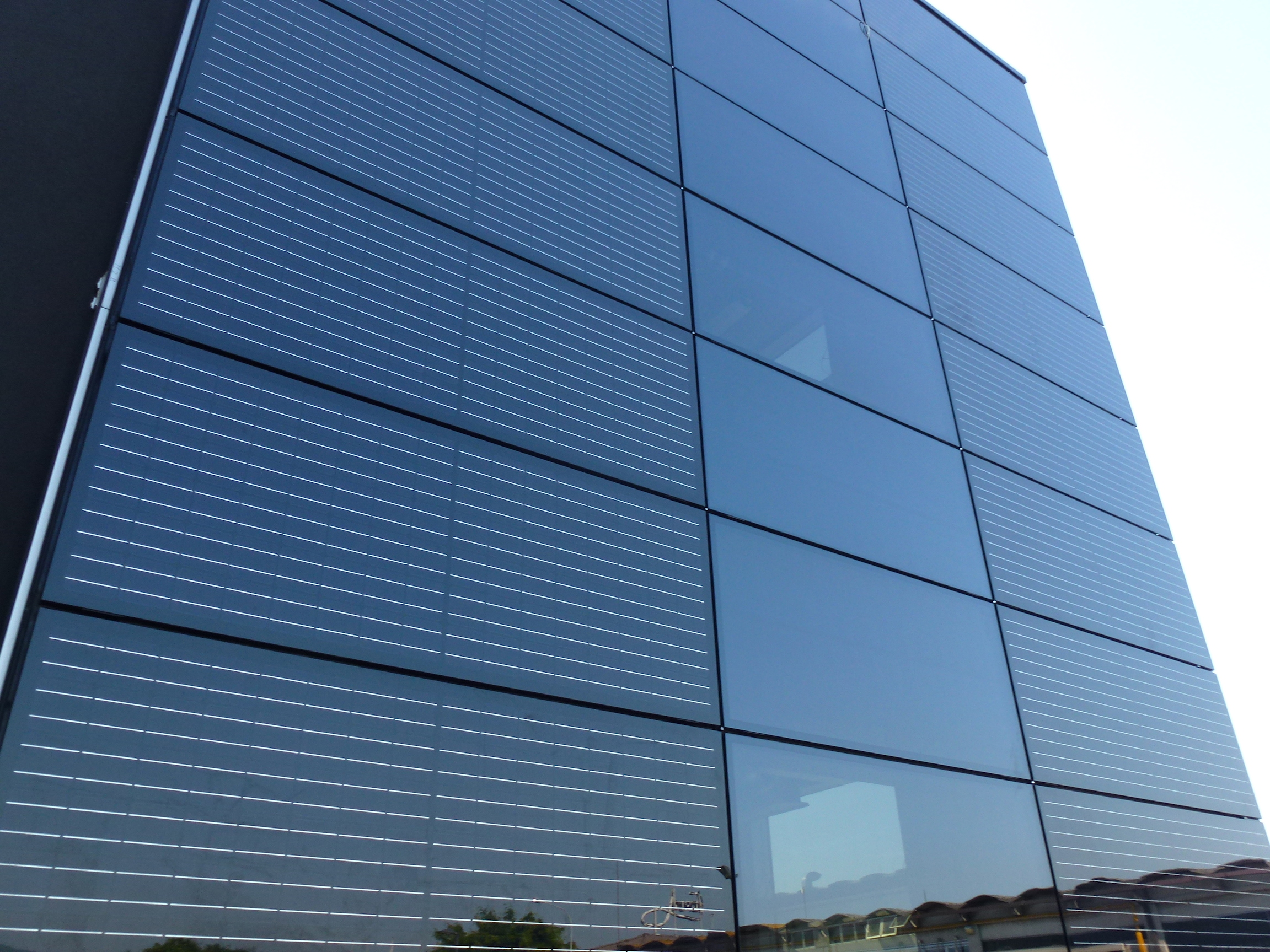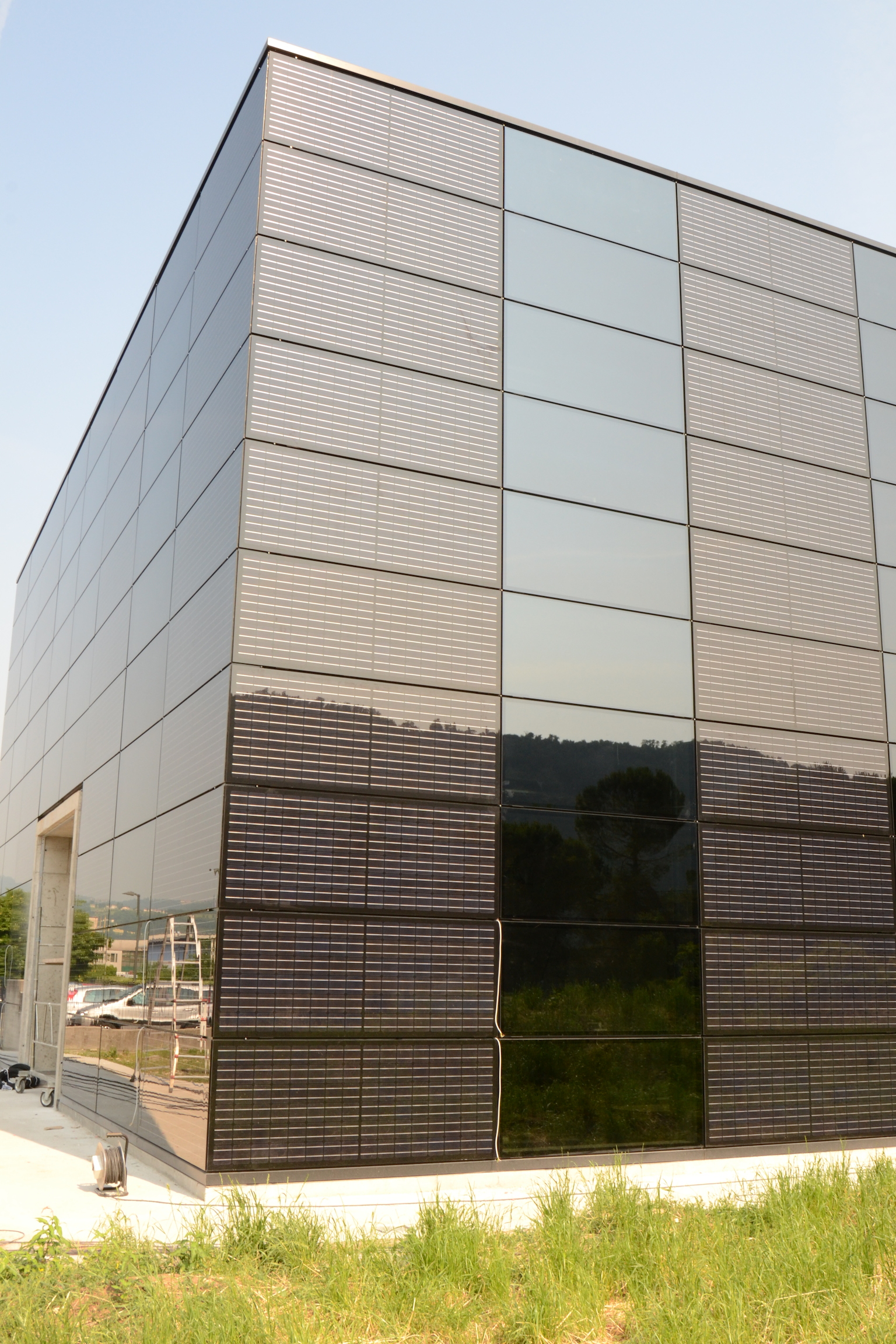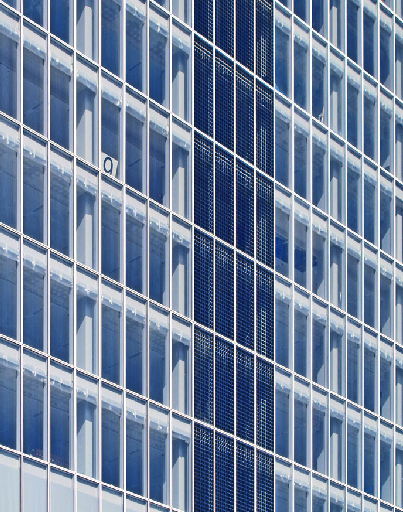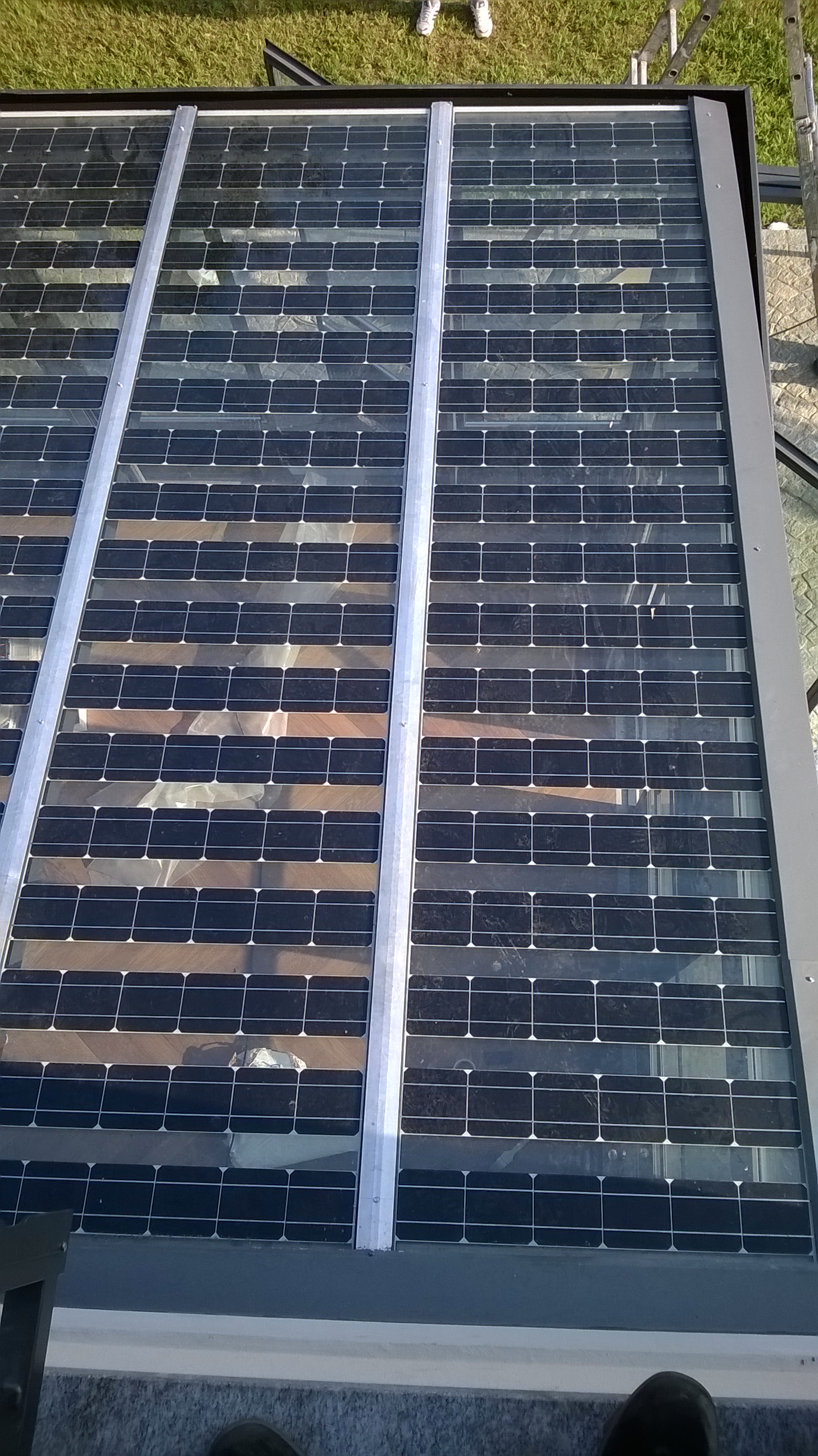What is Architectural Solar?
The Architectural Solar Association (ASA) defines architectural solar as solar energy generating technology that has architectural significance or is coordinated with the architectural design process. Whether it be a building-integrated photovoltaic (BIPV) facade or a rooftop PV system that is architecturally coordinated with rooftop vents early on in the design process, it falls under the umbrella of architectural solar.
ASA’s Commitment
ASA’s goal is to facilitate the widespread adoption of architectural solar by connecting the solar and building industries by creating a hub for information, education, and collaboration. ASA commits to serve this growing market segment by supporting the continuous evolution of architectural solar technology.
Architectural Solar: Past, Present, and Future
Architectural solar has evolved dramatically over the past decade and is now technologically ready for full-scale commercial implementation. In parallel to demand, the cost of photovoltaics has dropped significantly. Solar is now the most economical utility-scale energy solution for many regions of the world.
The reduced cost of architectural solar coupled with a persistent push toward green building initiatives has led to a surge in demand. Building owners are increasingly looking for new ways to integrate solar into the design process — and in many cases, they are looking beyond traditional rooftop applications. However, the dramatic drop in the cost of utility-scale solar does not currently translate directly to architectural solar.
Beyond raw materials costs associated with the most architecturally integrated products, soft costs associated with design and installation remain the most significant barrier to realizing widespread adoption of architectural solar. Whether it be a rooftop system with commoditized solar modules or a BIPV facade, architectural solar soft costs must be reduced through better integration with design and construction principles.
ASA believes that there is currently a lack of education on best integration practices into the design-build process and that there is an under-emphasis on creating innovative architectural solar applications beyond the rooftop. As a result, the status quo makes it increasingly difficult to meet emissions goals and the aspirations of building owners to achieve net-zero targets.
A Collective Responsibility
We invite you to join us in the dialog so that we can collectively raise awareness and address architectural solar’s wider market barriers.
Whether you specialize in architectural design, building system engineering, building products, real-estate development, solar design, or solar installation, we all have a critical role to play. By working together, we can advance the industry as a whole — for our generation and most importantly for the generations to come.
Examples of Architectural Solar In Action
Interested in getting involved? Send us a note and we’ll get back to you within 48 hours.


